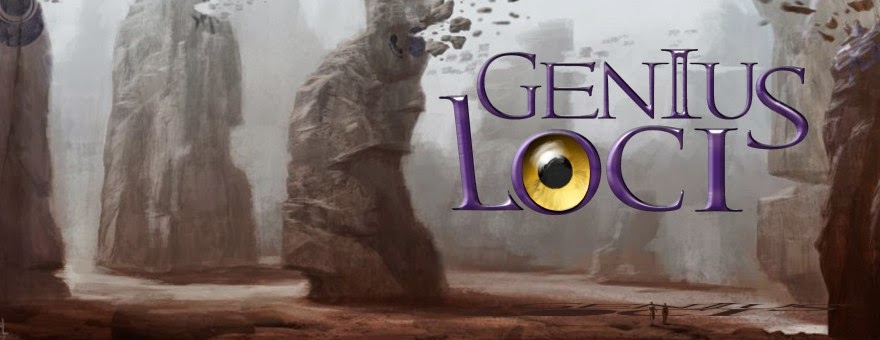 Pendulum makers create many items used in supernatural affairs; pendulums for mappers and travellers to find their way, or totems and echo tubes for spirit collectors in which they trap the deads' spirits. The items themselves aren't enchanted in any way, or at least don't need to be, but the tiny details can make a speaker's or collector's life much easier, like the proper colour and quality.
Pendulum makers create many items used in supernatural affairs; pendulums for mappers and travellers to find their way, or totems and echo tubes for spirit collectors in which they trap the deads' spirits. The items themselves aren't enchanted in any way, or at least don't need to be, but the tiny details can make a speaker's or collector's life much easier, like the proper colour and quality."Buy from Trenan in Southern Third Street, his totems are reasonably strong. Those from the fourth floor pendulors are too difficult to burn in cleansings."Pendulums can be used to find all sorts of things related to what they're made of, and can be surprisingly precise. The craftsmanship doesn't really matter, a clam on a string will do, but will find too many things. This is the real art of pendulum-making; to create a pendulum that will find only what is sought.
— Gajikar, to a fellow collector
Artists' notes
When I invented totems, it was clear that not just every idiot could make good ones, and I doubted all collectors had the time to make them themselves, and so "Pendelmacher" were invented. I always liked the idea of holding pendulums over maps to find a specific site or item. And because many gems and metals have certain esoteric properties, there would be someone who makes special pendulums for finding water or Area thresholds or whatever.































